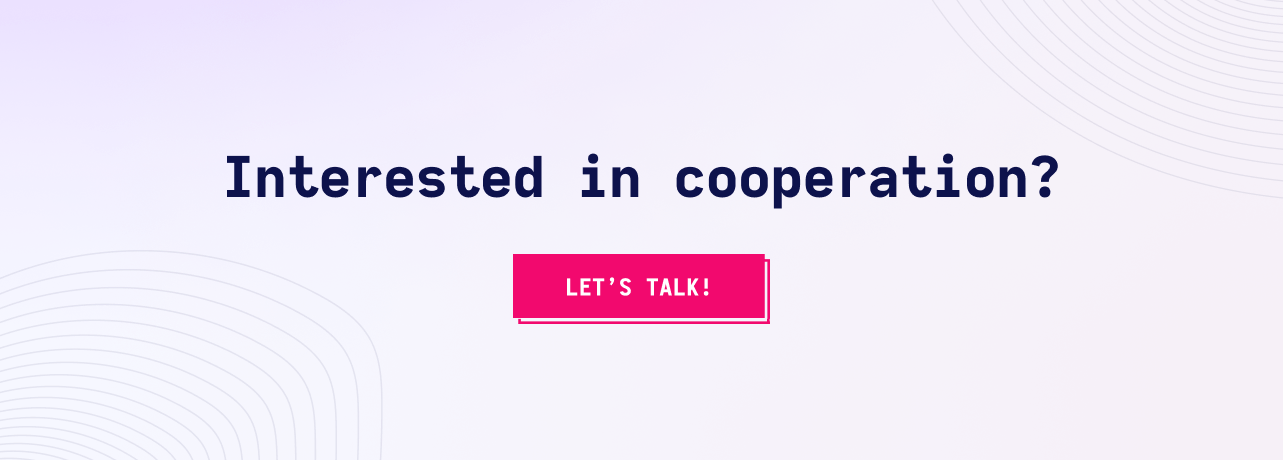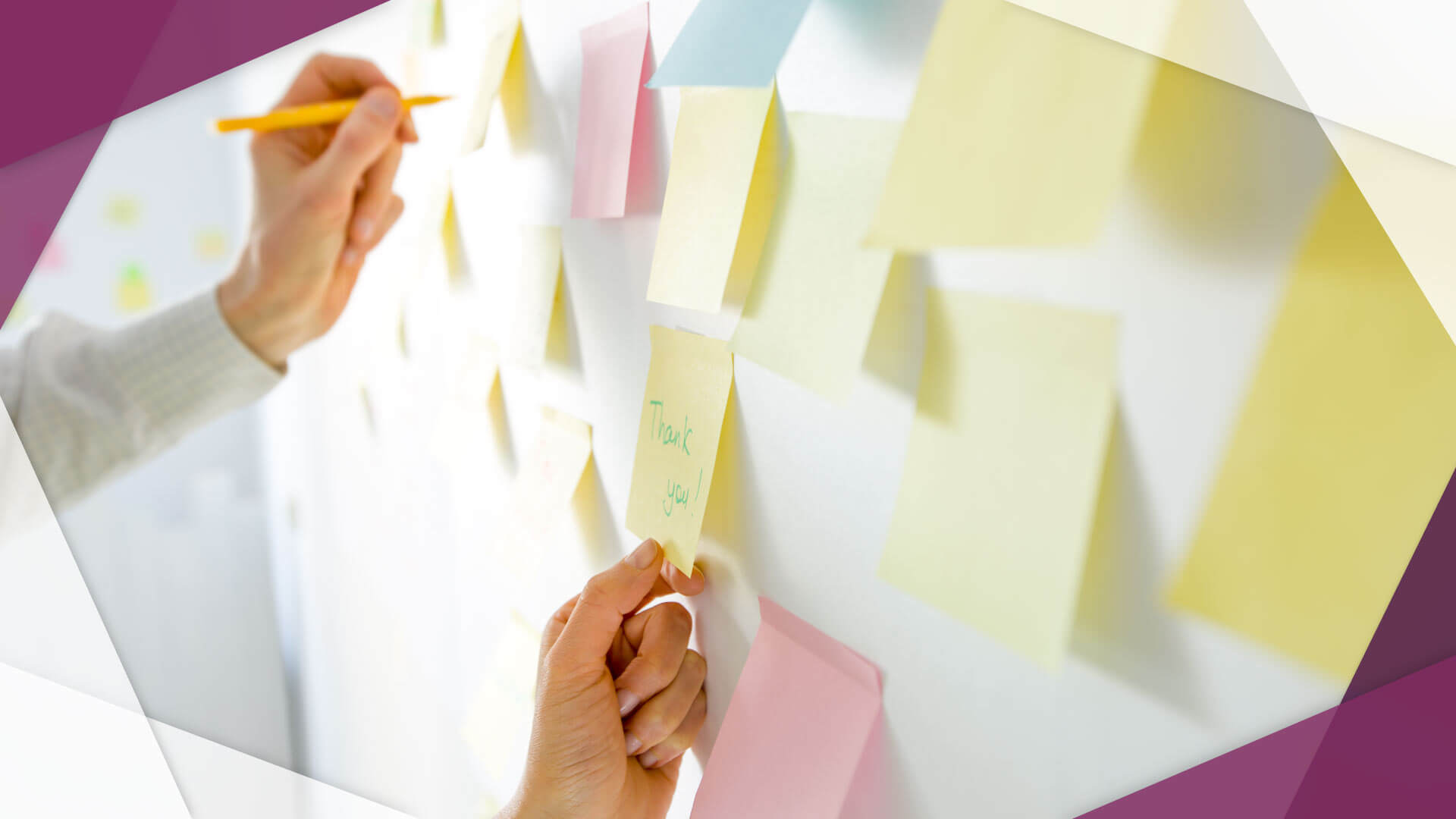Effective management of a software development project is a challenge. However, if you would manage it properly, then you would have a chance to deliver high-quality products. Currently, the Agile and Waterfall approaches are most commonly used. Many tech managers face a dilemma of which approach to choose for their project. I would like to help you in this choice. I have prepared a detailed analysis of the Agile and Waterfall approaches. You are invited!
What is Agile?
Agile is an approach based on the continuous iteration of the software development and testing of produced programming. In software project management, the product is developed gradually, and in parallel with it, developers carry out tests to maintain the high quality of work. Agile also enables better communication and exchange of information between the software development teams and the client.
Agile provides high flexibility for changes in software development projects. If during the software project, it turns out that the initial arrangements do not make sense, then the development team may change the assumptions. Undoubtedly, the programming being created is definitely more stable. The team works under so-called sprints. At a strictly defined time, they focus on developing specific functionalities. During the sprint, tests are performed to make sure that the software is stable and free of bugs.
The Agile approach in project management focuses on making the team work as effective as possible. This is a great way to develop minimum viable products (MVPs). Thanks to Agile, the first product functionalities can be achieved in a relatively short time. Customers can quickly see the first functionalities.
What is Waterfall?
Waterfall, otherwise known as the cascade model, includes dividing the software project into individual phases that follow one another. The project management starts with planning and analysis, and then the development and implementation phases, and finally tests and implementation. The whole software project is very predictable. Reluctant teams make changes to the assumptions set out at the beginning of the project.
In the Waterfall approach of software project management, the transition to the next phase is possible only after the completion of the previous one. Such designs have little flexibility. There is also minimal involvement on the part of the customer who does not participate directly in the daily work with the software development teams.
Waterfall will be most effective for software projects that are very predictable and understandable because each iteration is time consuming and requires considerable improvement expenditure.
Agile software development project management
Agile or Waterfall. Which is a better solution for your project?
Perhaps, you are facing such a challenge right now. Therefore, to compare both approaches to project management (mainly in the perspective of software development), I have prepared a table that illustrates the differences between Agile and Waterfall.
project management approach
Still don’t you know? Find out more about Hybrid Solution!
Although the Agile approach is increasingly dominating software project management, Waterfall still has its supporters. Occasionally, the Agile and Waterfall approaches can be combined in software development projects. If I would choose between Agile and Waterfall, I would definitely go for Agile because of my personal experience. We have been using this approach at The Codest for years, and I can say that it works very well. But anyway, a hybrid solution may also be a good idea. Waterfall is still used by many project managers who want to know the documentation and stick to it from the very beginning of their projects. Thus, how can you combine both approaches? You must focus on obtaining the most important benefits of Agile and Waterfall in managing software development projects.

You must be aware that hybrid solution carries some dangers. One of them is the lack of precise arrangements as to how much we use Agile and Waterfall . The lack of clear rules may later lead to misunderstandings. That is why I will emphasize the role of communication with your client once again. When you develop software products, your customer must understand that it is impossible to plan everything from beginning to end. If you inform your client that deviations from the underlying documentation may arise during the project and he fully respects it, then you have a good chance of success. In short, both sides must understand their needs and match their own work styles.
Summary
As you can see, you have three solutions in the realm of software project management. I personally recommend you choosing Agile, especially when you want to undertake software development projects. In my opinion, this is the most effective solution and transparent for the client. You can be sure that you are actually developing a product that meets all expectations. In addition, in my opinion, Agile saves time and guarantees high quality in development project management.




